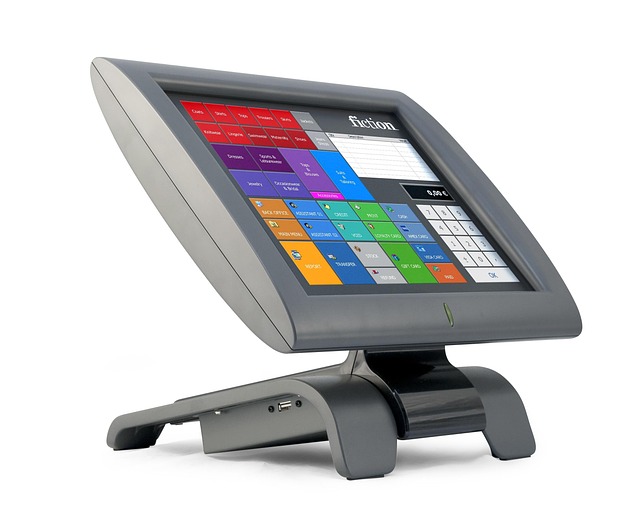Remember the days when interacting with technology meant typing on keyboards or clicking mice? While those methods remain vital, a more intuitive, almost futuristic form of control is rapidly integrating into our business environments: voice command. It feels natural, like simply talking to a colleague, yet it unlocks incredible power in the world of automation.
The Spoken Word Meets Metal and Code: Voice in Robotics
Robotics has traditionally relied on pre-programmed paths, sensor inputs, or complex manual controls. Adding voice command capability transforms the interaction. Imagine a warehouse worker directing an autonomous mobile robot (AMR) to a specific shelf just by speaking, or a service robot in a hotel responding to vocal requests from staff or guests. Voice control makes robots more accessible, flexible, and responsive to real-time changes without requiring physical interaction or complex interfaces.
- Directing movement and tasks in dynamic environments.
- Initiating specific workflows or programs on the fly.
- Receiving spoken feedback or status updates from the robot.
This shift from physical interaction to verbal command streamlines operations and reduces the learning curve for employees working alongside robotic counterparts.
Intelligent Conversations: Voice Interfacing with Artificial Intelligence
Artificial intelligence thrives on data and complex logic, but accessing and manipulating that intelligence has often required technical expertise. Voice command acts as a powerful, natural language interface for AI systems. Beyond simple virtual assistants, businesses are integrating voice into AI platforms that manage customer relationships, analyze market trends, or optimize supply chains.
An AI-powered dashboard could be queried verbally for key performance indicators, or an AI system could be instructed to generate a report based on spoken criteria. This integration makes AI’s capabilities available to a wider range of employees, enabling faster decision-making and more efficient use of intelligent insights.
- Querying complex datasets and receiving verbal summaries.
- Initiating AI analysis tasks through spoken instructions.
- Controlling AI-driven software applications conversationally.
Voice makes AI less of a black box and more of a conversational partner in the business process.
Automatisation, Amplified by Voice
The true revolutionary potential lies in combining voice command with both robotics and AI to drive business automatisation. Voice becomes the seamless connective tissue. An employee can verbally instruct an AI system to identify a customer issue, which then triggers a voice command to a robotic system to retrieve a specific product or document related to that customer.
This level of integrated, voice-driven automation reduces manual steps, minimizes errors, and speeds up processes across various business functions, from logistics and manufacturing to customer service and data analysis. It moves automation beyond rigid, pre-set workflows to a more dynamic, responsive model controlled by the most natural interface we possess: our voice.
Industries are seeing benefits in:
- Warehousing & Logistics: Voice-directed robots and inventory systems.
- Manufacturing: Voice control for assembly robots and quality control AI.
- Customer Service: Intelligent voice bots escalating to human agents who can then verbally access relevant data via AI.
- Data Entry & Management: Dictating reports and controlling database queries via voice.
The intuitive nature of voice command is making advanced AI and robotic automation not just possible, but practical and user-friendly for the modern business.



